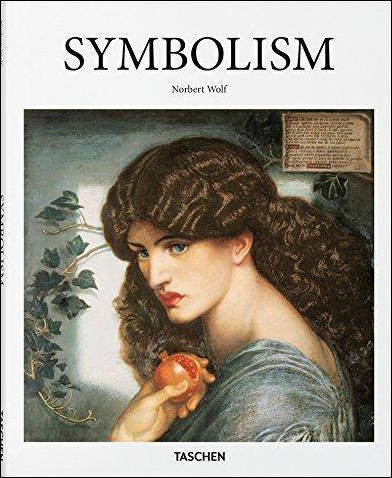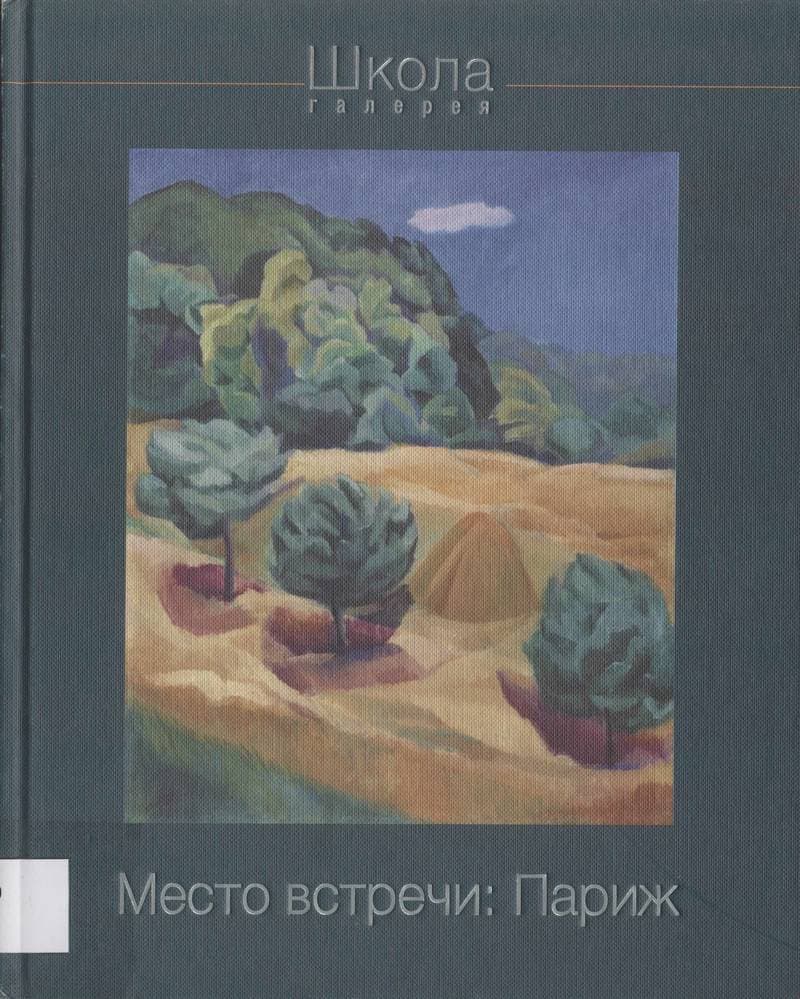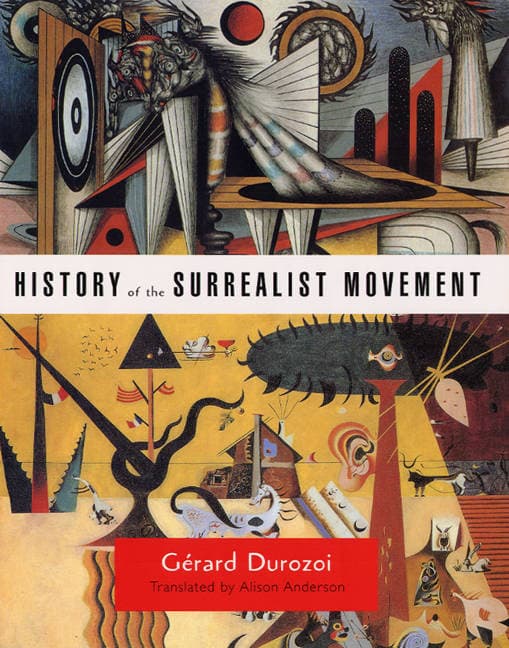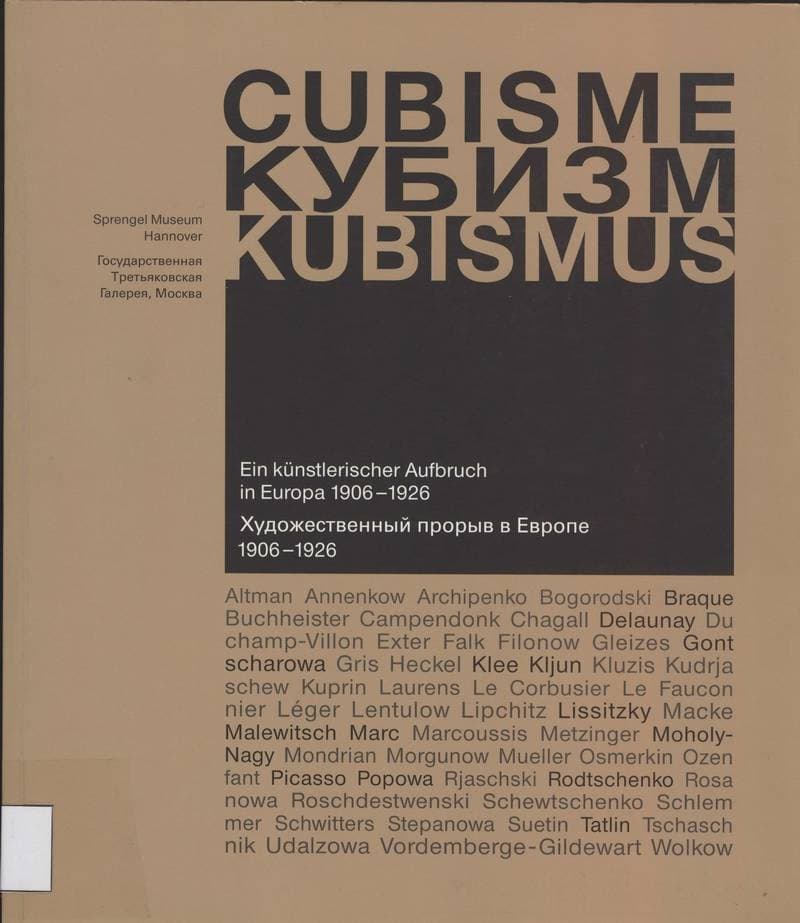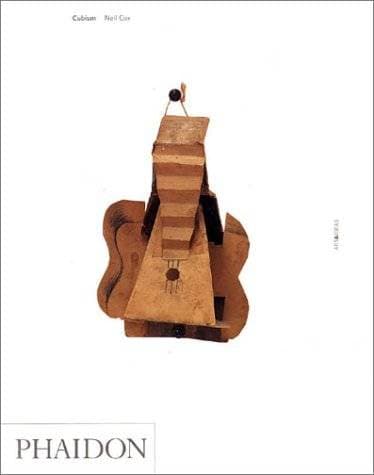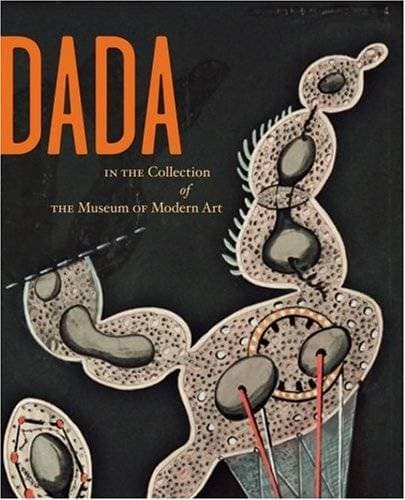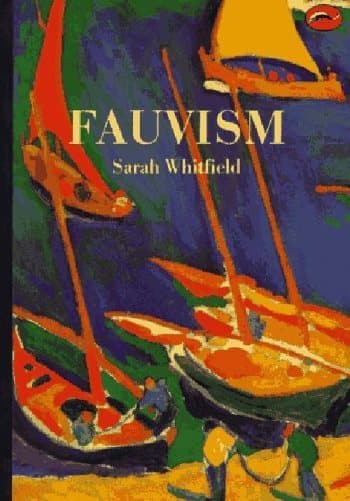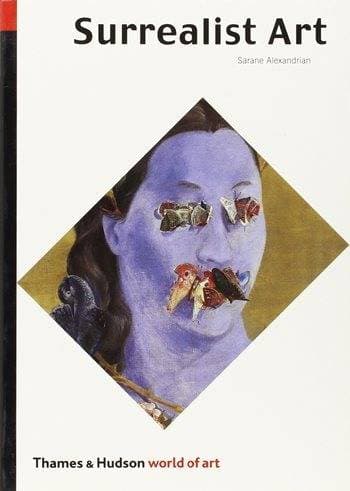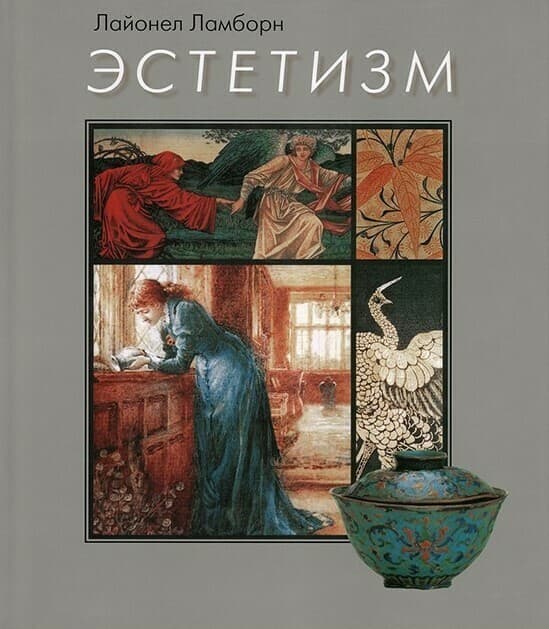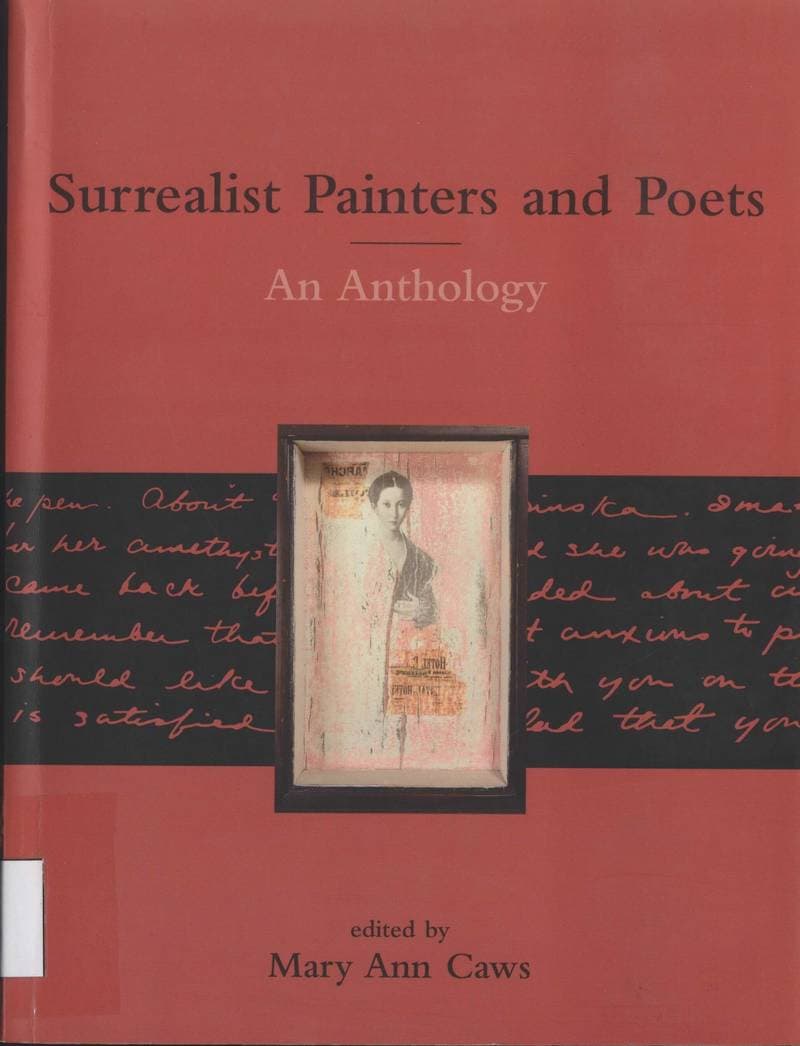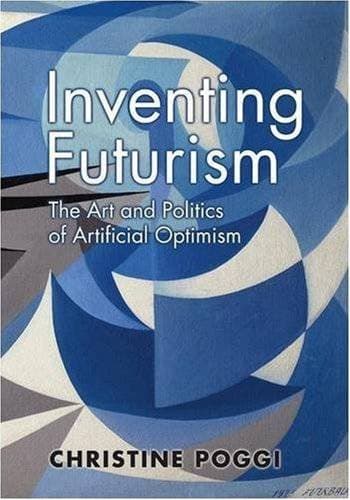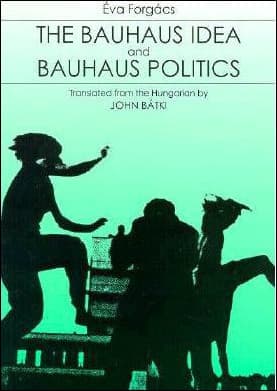Symbolism
First applied to the poems of Stephane Mallarme and Paul Verlaine in 1886, the term “symbolist” was soon applied to the visual arts where a realistic depiction of the natural world gave way to imaginary dream scenes of psychological, sexual, and mystical content. Symbolism was a broad international phenomenon but particularly present in France, where painters such as Gustave Moreau and Odilon Redon turned their back on realism, naturalism, and impressionism to populate their canvases with esoteric, often erotic, visions. In place of Monet’s light-suffused landscapes or the frank working class subjects of Courbet, the Symbolists turned to figures from literature, the Bible, and Greek mythology to express experiences of love, fear, anguish, death, sexual awakening, and unrequited desire.
Details
Whistler James Abbott McNeill, Burne‑Jones Edward Coley, Hodler Ferdinand, Vallotton Felix, Moreau Gustave, Ensor James, Leighton Frederic, Schneider Sascha, Redon Odilon, Frampton George, Cole Thomas, Nuncques William Degouve de, Klimt Gustav, Vedder Elihu, Segantini Giovanni Battista, Klinger Max, Khnopff Fernand, Nestor, Gauguin Paul, Stuck Franz von, Kupka František, Puvis de Chavannes Pierre Cécile, Picasso Pablo, Marées Hans von, Watts George Frederic, Delville Jean, Rops Felicien, Josephson Ernst Abraham, Böcklin Arnold, Malczewski Jacek, Rossetti Dante Gabriel, Denis Maurice
Cologne
2016
96 pages
9783836507066
Available on request
No
No
709.040 Sym
1
- Место встречи: Париж/ Meeting Place: Paris2011
- Символизм в изобразительном искусстве: Франция и Бельгия, 1870–19001994
- History of the Surrealist Movement2004
- Кубизм: художественный прорыв в Европе 1906–1926 / Kubismus: Ein kunstlerischer Aufbruch in Europa 1906–19262003
- Cubism2010
- Dada in the collection of the Museum of Modern Art2008
- Fauvism1996
- Surrealist Art2012
- Эстетизм2007
- Surrealism2004
- Inventing Futurism: The Art and Politics of Artificial Optimism2009
- The Bauhaus Idea and Bauhaus Politics1995
